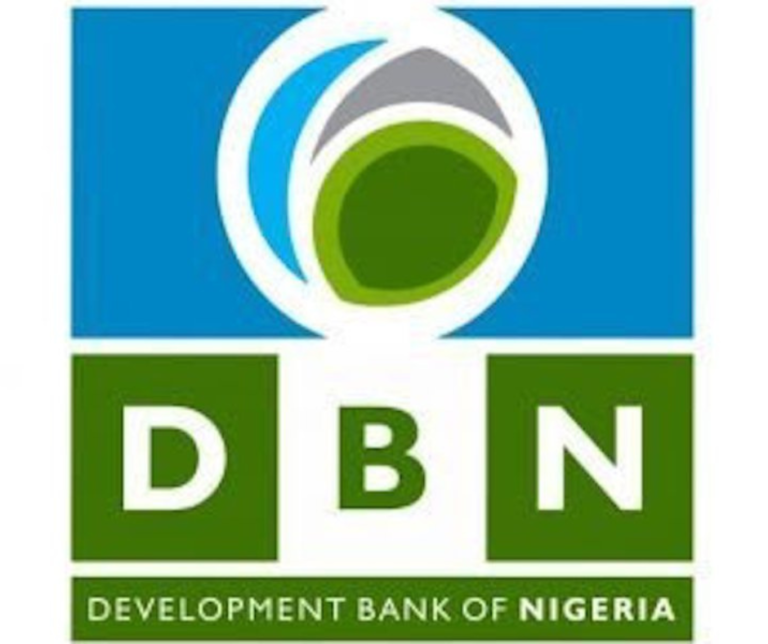In Togo, financial institutions appear to have made their preferences clear. Recent statistics from the BCEAO indicate that the majority of bank loans are directed towards trade, construction, and services, while both industry and agriculture receive far less attention. This decision reflects the priorities of credit institutions.
Trade and construction are at the forefront of financing
As of September 2024, trade stands out with nearly 200 billion CFA francs in short-term loans, making it the primary beneficiary. Wholesale trade significantly leads with 141 billion CFA francs, while the remainder is accounted for by retail trade and hospitality, indicating that banks favor financing imports and distribution over domestic production.
Additionally, construction continues to draw financing, amassing 153 billion FCFA in short-term loans and 30 billion for medium and long-term financing. This influx is bolstered by public and private infrastructure initiatives, particularly in a country where construction plays a crucial role in economic growth.
Moreover, business and consumer services are seeing substantial growth. Household loans reached 173 billion FCFA in August, highlighting the vibrancy of the credit market.
Agriculture remains largely overlooked in terms of financing
Despite the fact that the agricultural sector employs over 60% of the Togolese workforce, it is still largely neglected by banks. In September, this entire sector received merely 698 million FCFA in short-term loans, representing less than 0.2% of total credits. Even for long-term loans, the figures are modest (11 billion FCFA in September), trailing significantly behind trade and services.
This funding shortfall is partly attributed to the risks that banks associate with agriculture, viewing it as too susceptible to climate impacts and price volatility. It also reveals a lack of financing structures tailored to the needs of farmers, who find it difficult to access the necessary resources to modernize their operations.
The situation in industry is scarcely better. Loans to manufacturing industries have dropped to 49 billion FCFA in the short term, while the extractive sector has managed to secure only 1.6 billion. These industries are vital for local processing and generating added value.
What accounts for this disparity? On one hand, banks prioritize quick returns on investment. Trade and services provide swift capital turnover and substantial profit margins, thereby minimizing default risks. Conversely, the industrial sector demands significant upfront investments and a lengthy period before returns, a gamble that financial institutions are hesitant to undertake without adequate collateral.
Read more: Togo: a reusable sanitary napkin production plant, soon in Sokodé
With banks concentrating on imports, consumption, and real estate, Togo risks enhancing its reliance on foreign goods. Should financial institutions steer their lending towards more critical sectors? This question is being raised.






